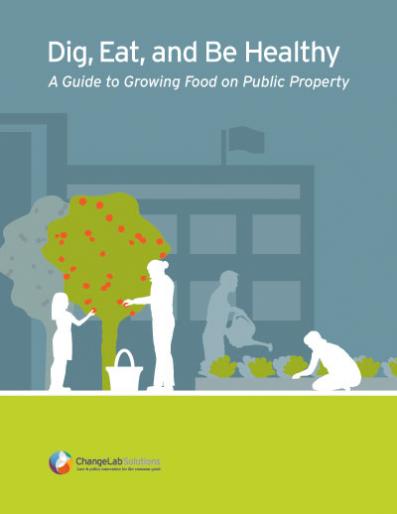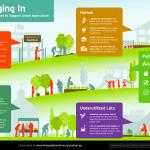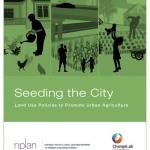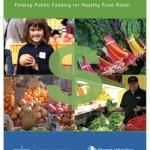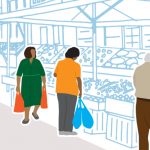Dig, Eat, & Be Healthy
Growing food on public property
Growing food on public property – from vacant fields, to schoolyards, parks, utility rights-of-way, and even the rooftops of public buildings – can yield a diverse crop of community benefits.
Fresh, healthy food is just the beginning: growing food on public property can also promote civic participation, public safety, food literacy, job skills, and urban greening – in short, healthier, more vibrant places.
ChangeLab Solutions developed this guide to provide users with the tools they need to access public land for growing food, including:
- opportunities to work with public agencies to identify and inventory suitable growing sites and develop a process for partners to access these sites
- common types of agreements that govern the relationship between food-growing groups and public entities, such as leases, licenses, and interagency agreements
- common provisions in agreements, such as liability, utilities, maintenance, growing practices, contamination, access and security, and improvements
- special issues related to growing food on school district property
- sample agreements from real-world urban agriculture projects on public land
Downloads
